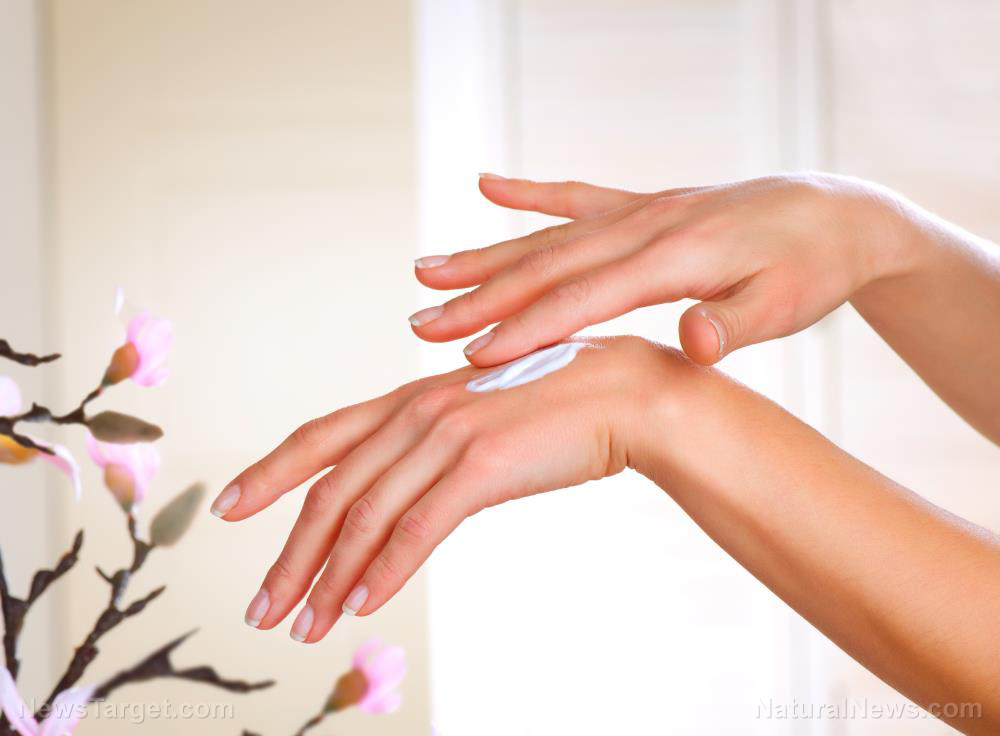
Collagen plays a major role in maintaining a healthy and youthful appearance. According to the study, aging causes stem cells to lose collagen 17. Exposure to ultraviolet light also has a similar effect.
When deprived of collagen 17, stem cells stop increasing in number. They eventually transform into adult skin cells.
As time goes by, more stem cells get damaged by exposure to UV rays. Since the number of healthy cells also drops, not every damaged cell gets replaced.
In the skin, this event involves two of its three layers: the epidermis, which is the outermost layer, and the dermis, which consists of blood vessels, connective tissue, hair, and sweat glands.
The topmost layer of the epidermis steadily sheds skin cells. Replacements come from a self-restoring supply of stem cells at the bottom layer.
The stem cells are rooted to the basement membrane that also links together the epidermis and dermis. As long as stem cells stay anchored to that membrane, they will keep dividing and producing new cells that can transform into replacements for damaged ones. (Related: Could a simple vitamin be an anti-aging tool?)
Damaged stem cells lose an important collagen protein
Usually, epidermal stem cells split themselves horizontally. The newly produced cells add themselves to the pool of replacement cells.
However, when epidermal stem cells split vertically, the new cells transform into adult skin cells. These mature cells slowly move their way up to the skin's surface.
The skin relies on this cell turnover process to heal cuts and remain young in appearance as it allows old skin cells at the outermost layer of the epidermis to be replaced with newer cells from the bottom.
However, as people grow old, they naturally lose stem cells, which slows down cell turnover. This is why aging people have thinner and weaker skin.
In their study, Tokyo Medical and Dental University (TMDU) researchers reported that stem cells undergo vertical division when they are damaged. Potential causes of this damage include the normal aging process, cellular turnover itself, and exposure to ultraviolet light and toxins. The root of a damaged stem cell also becomes weaker, making it unable to stay attached to the basement membrane.
Stem cells that divide vertically end up getting expelled from the membrane. Like the new cells that they produce through vertical division, the original cells are forced to go through maturation into adult cells.
Apocynin from Canadian hemp can increase collagen 17 levels in the skin
According to the TMDU research team, undamaged stem cells work together to expel damaged cells. The healthy cells do this to get rid of malfunctioning counterparts and prevent mutations that can cause cancer.
Over time, however, too many stem cells get damaged. Once they outnumber the healthy cells, these damaged cells hamper the ability of the skin to rejuvenate and heal injuries.
“Stem cell competition between epidermal stem cells sustains skin youthfulness, but the decline of the competition ends up with skin aging,” explained Emi Nishimura, a professor at TMDU who led the study.
The deciding factor in this process is collagen 17. This protein helps keep stem cells attached to the basement membrane. Low levels of collagen 17 weaken cell anchorage.
Fortunately, the TMDU researchers found a way to increase collagen 17 levels in stem cells. They point to the use of two compounds, namely, Y27632 and apocynin.
When administered to the skin, Y27632 and apocynin increase collagen 17 levels and accelerate wound healing. Apocynin appears in nature as a component of medicinal plants like Canadian hemp and kutki (Picrorhiza kurroa).
Sources include:
Please contact us for more information.























